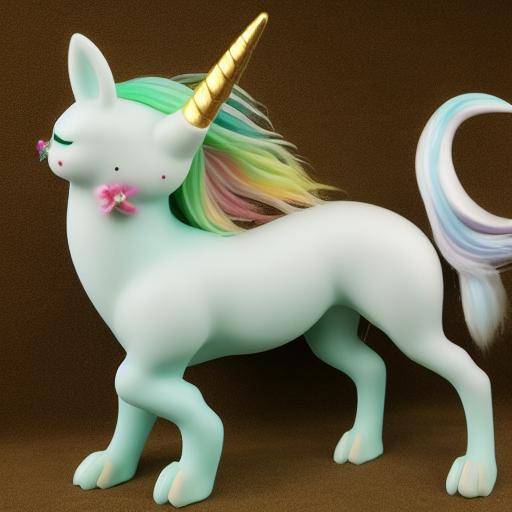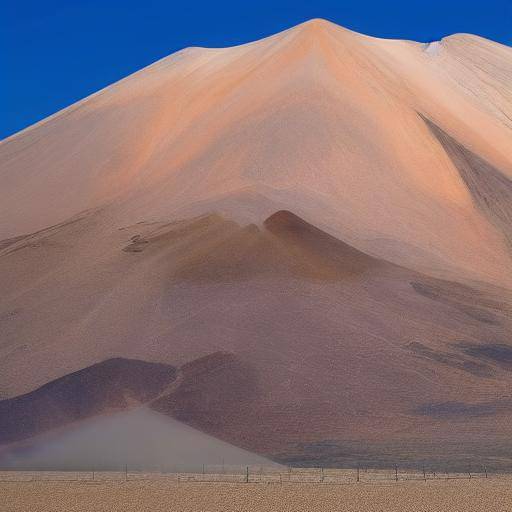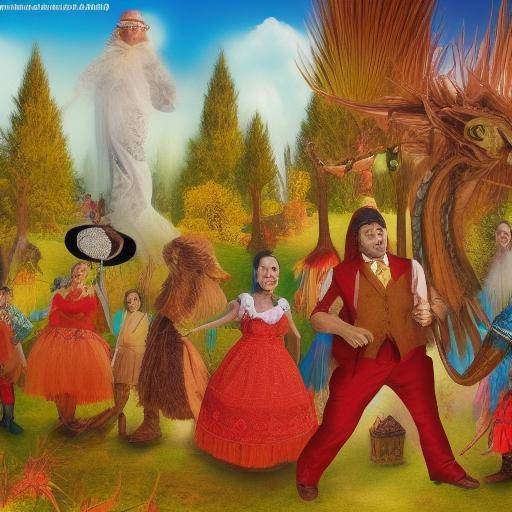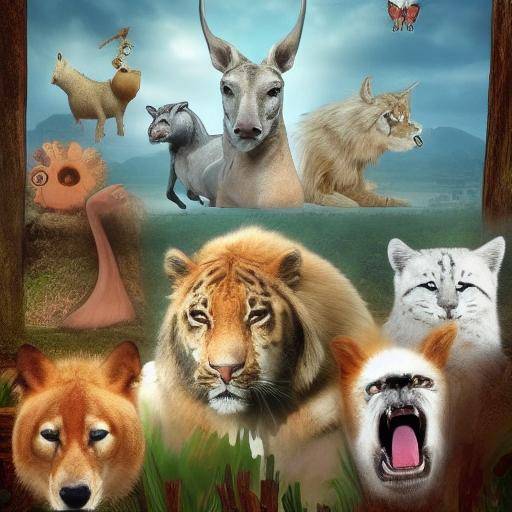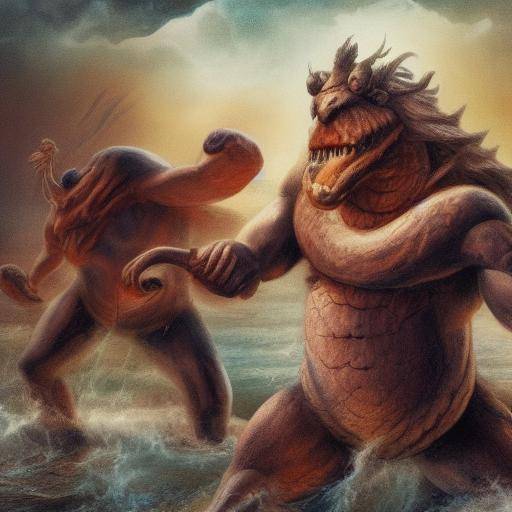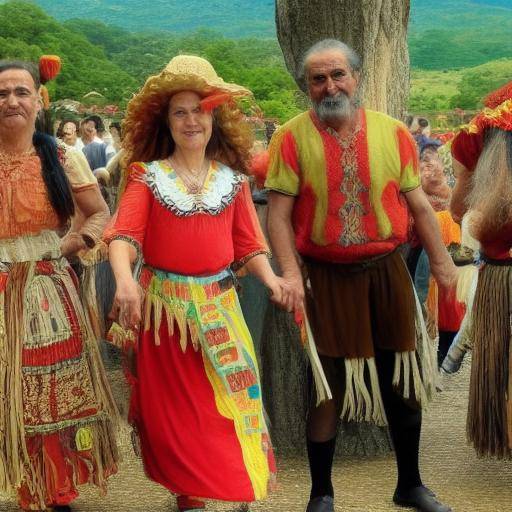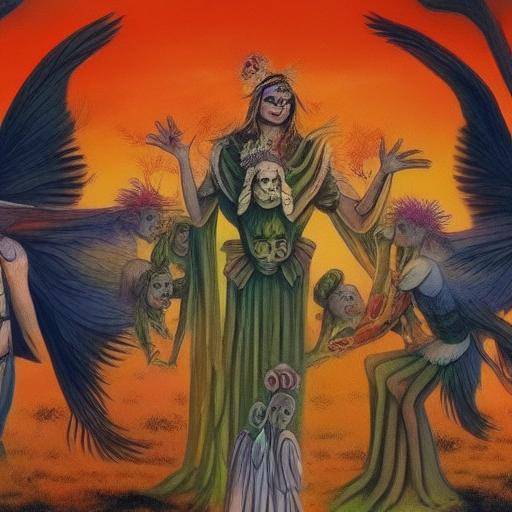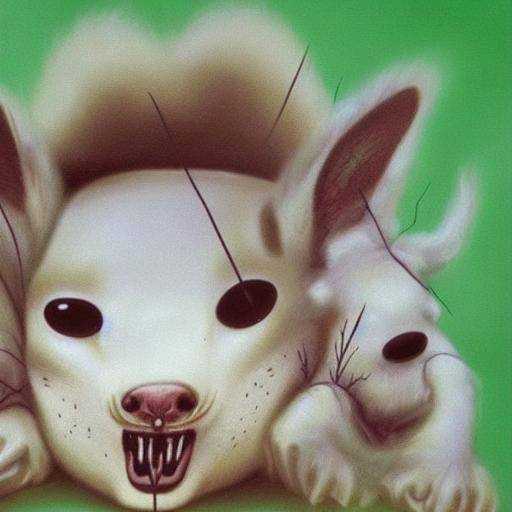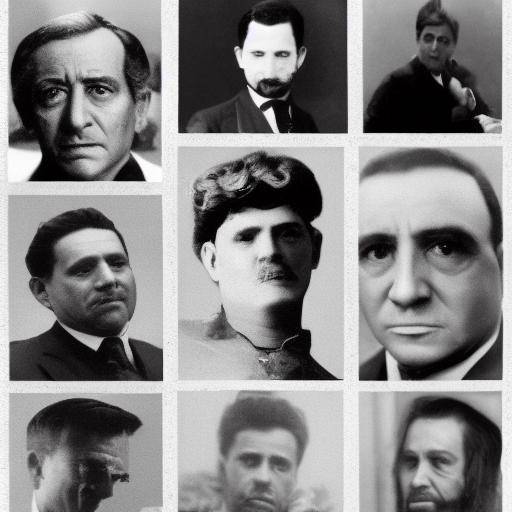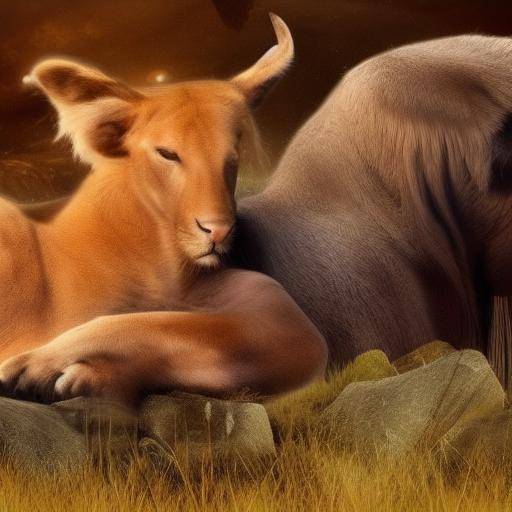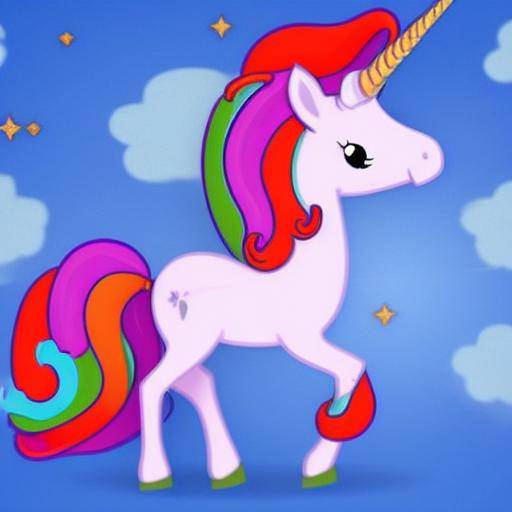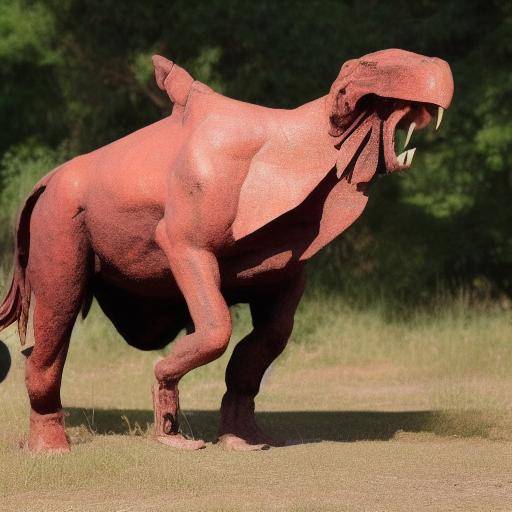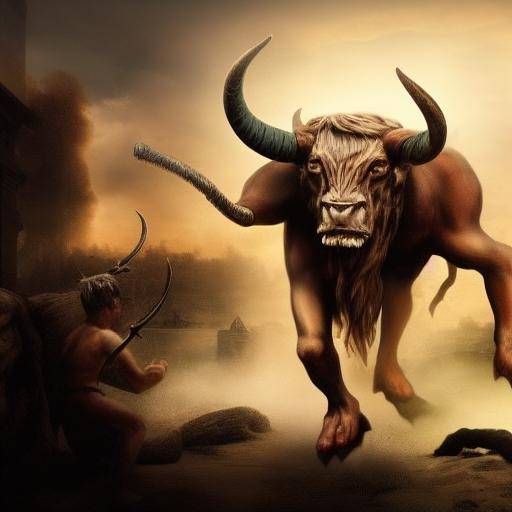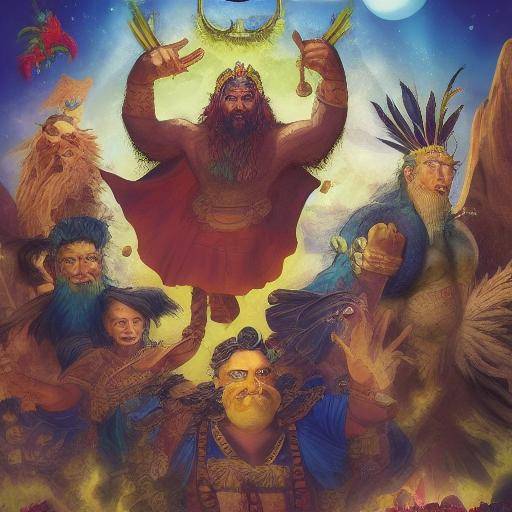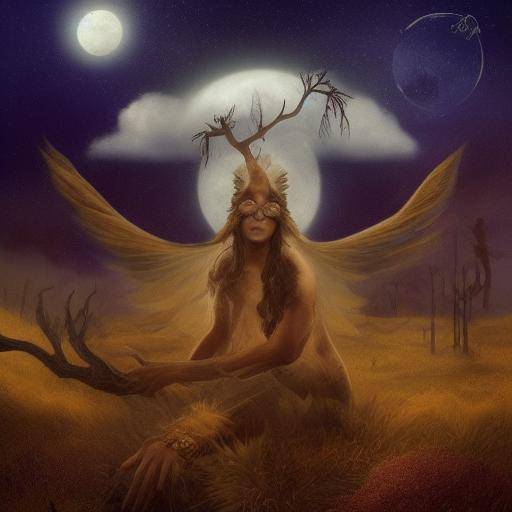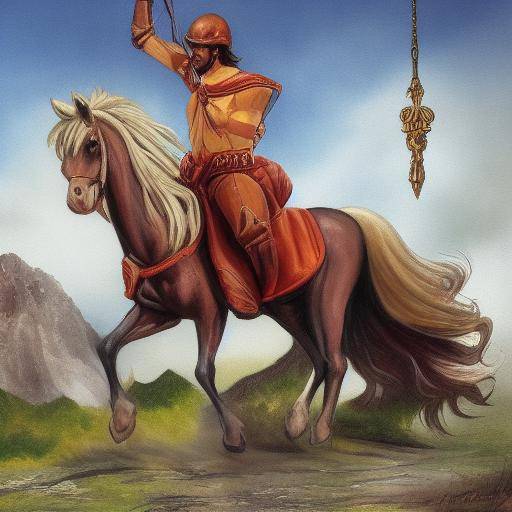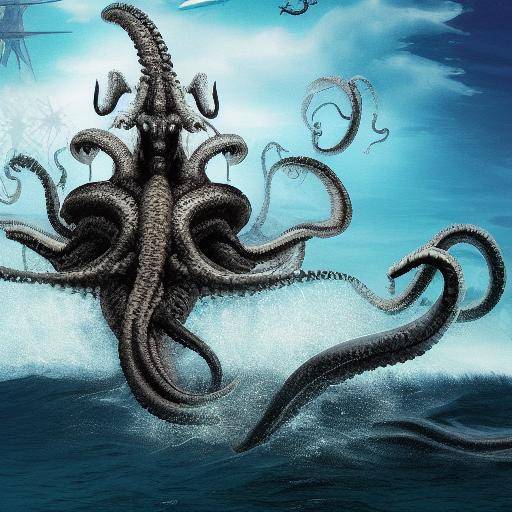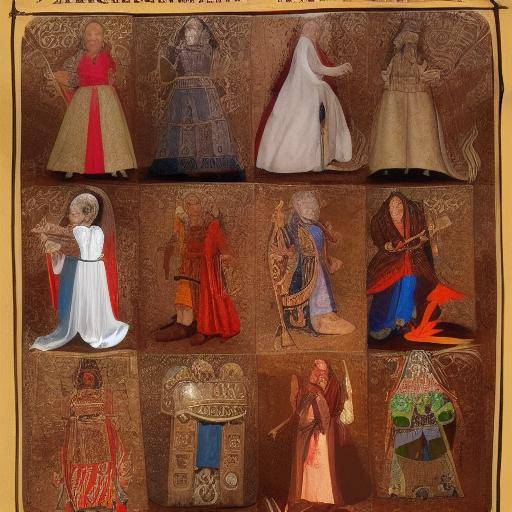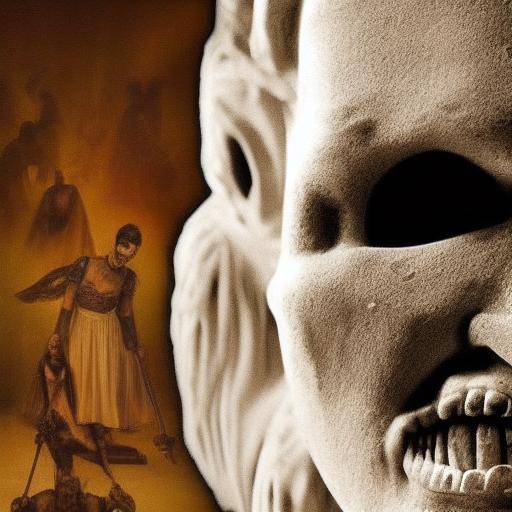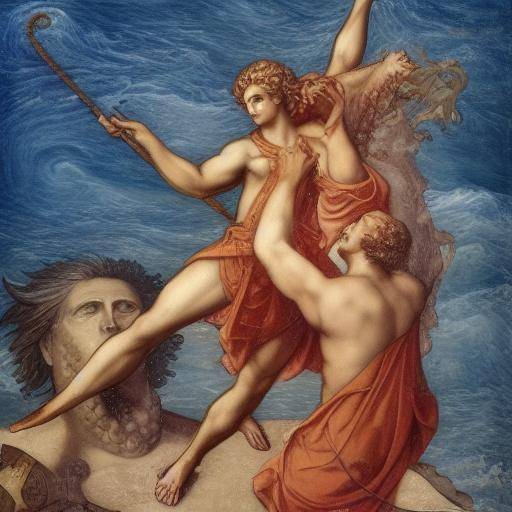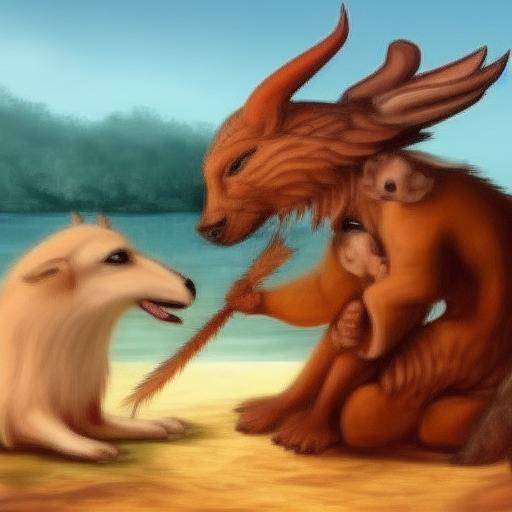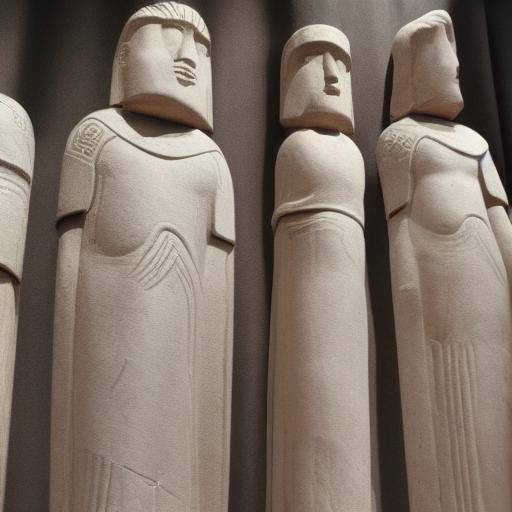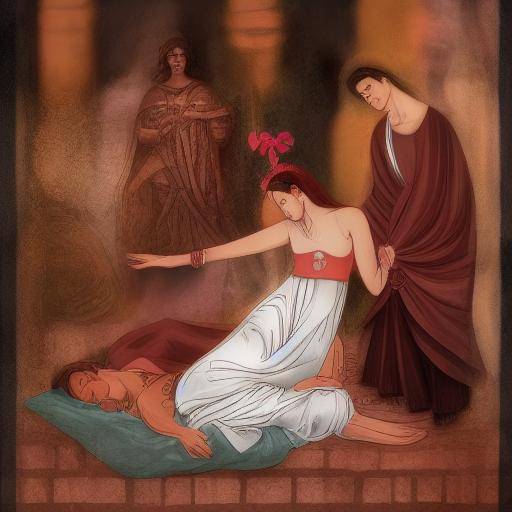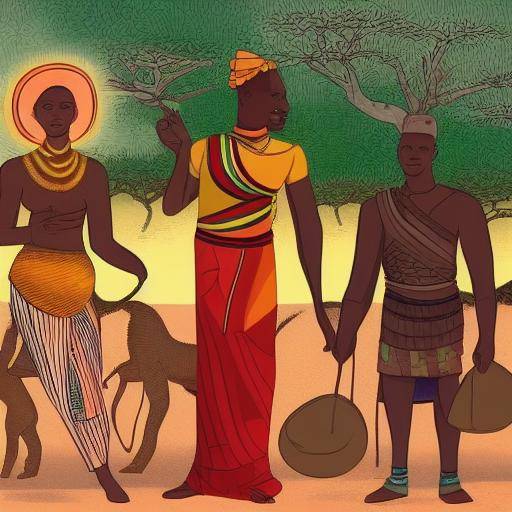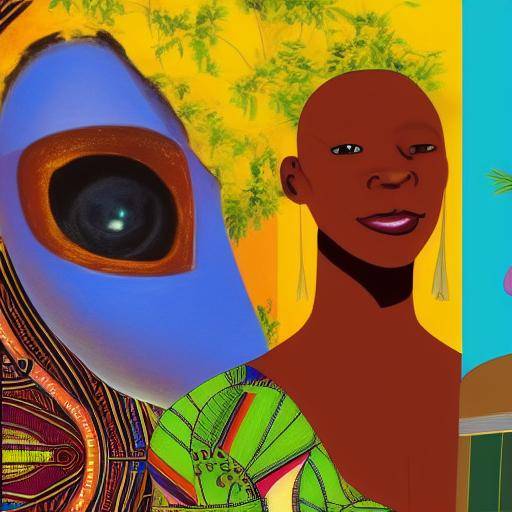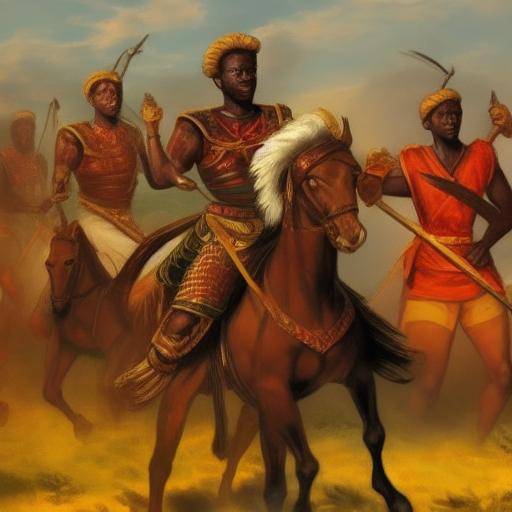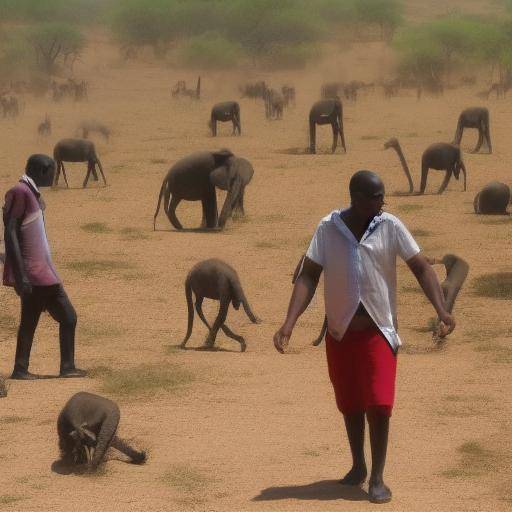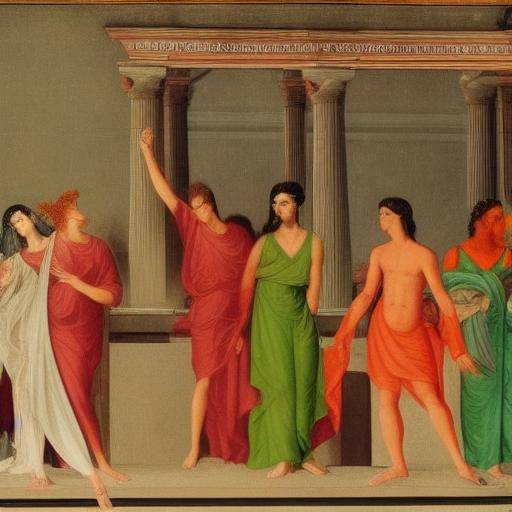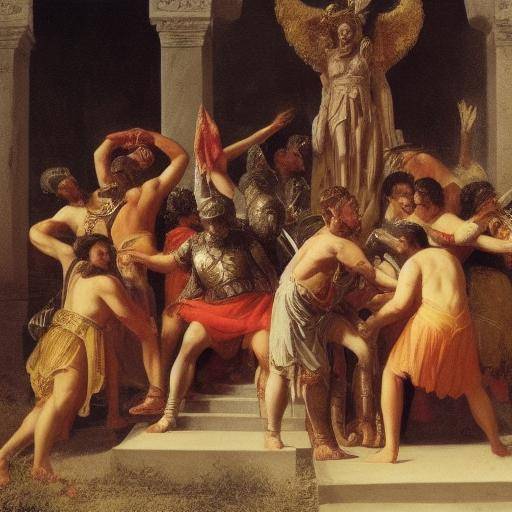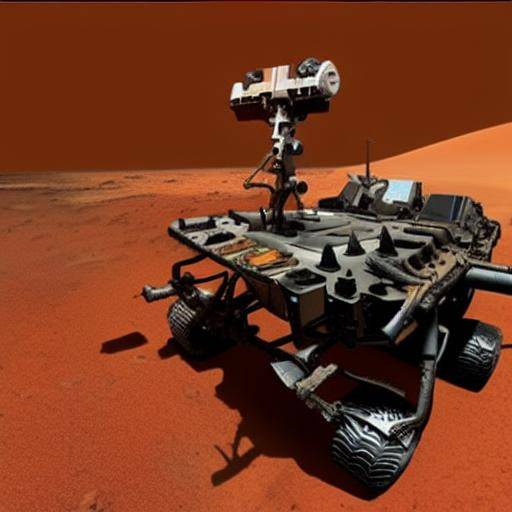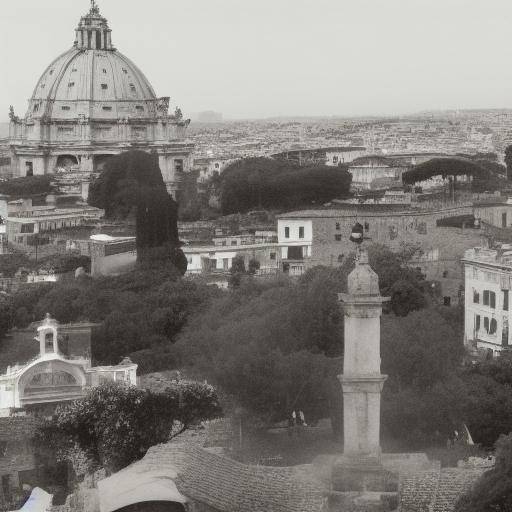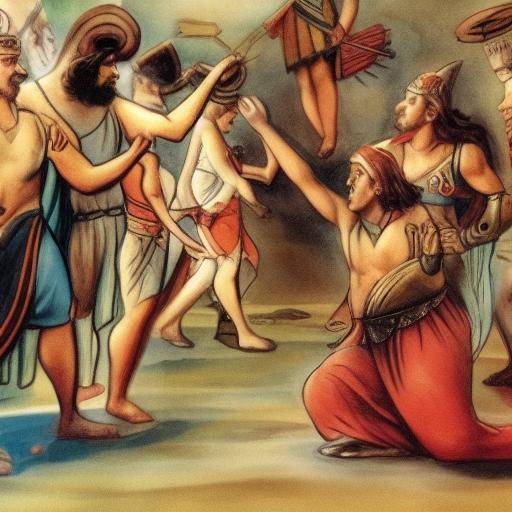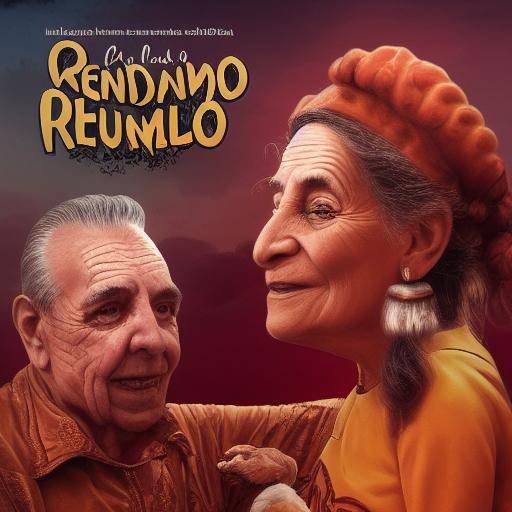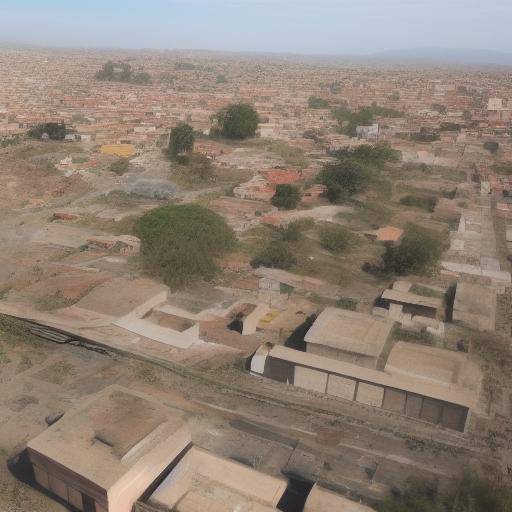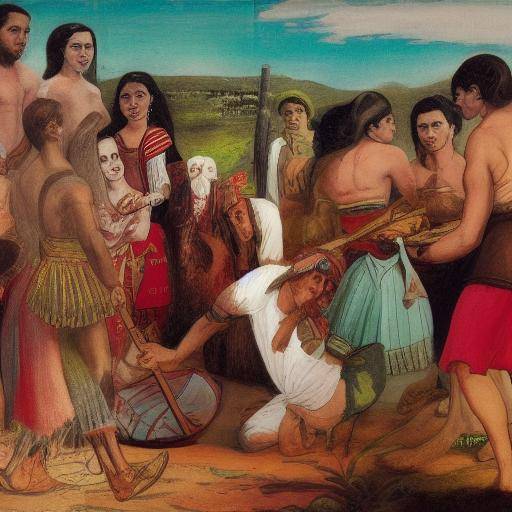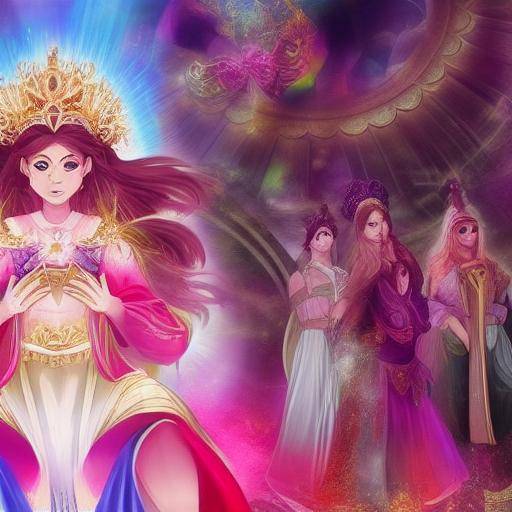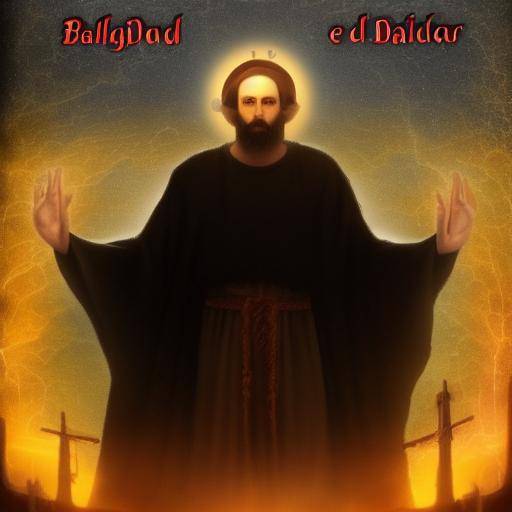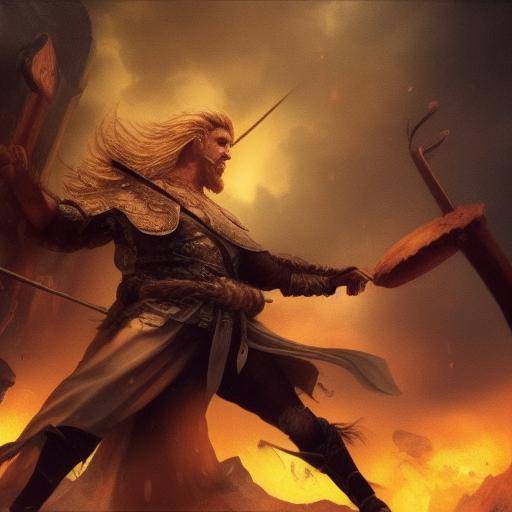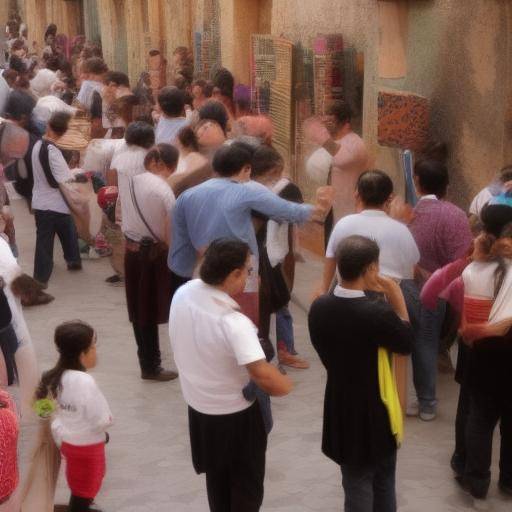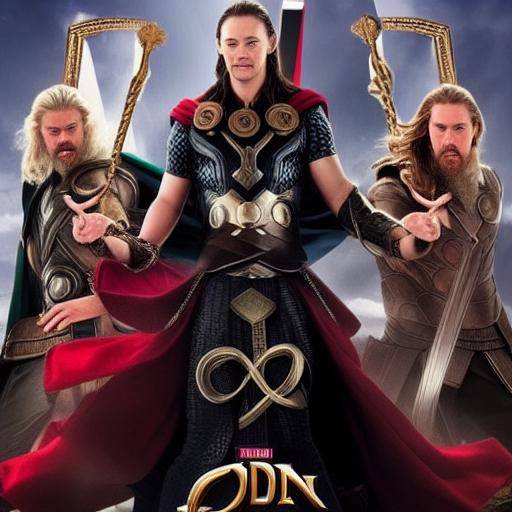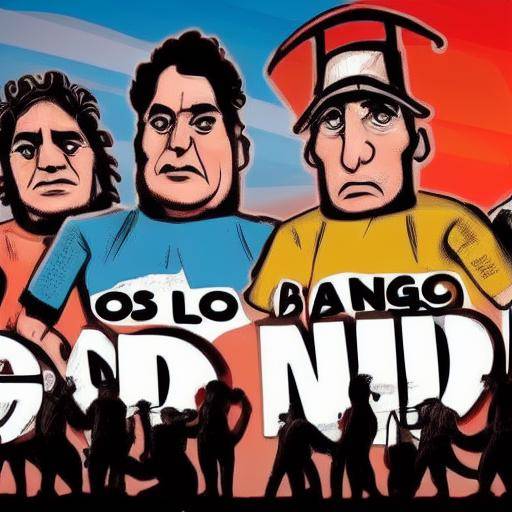
Mythology is full of colossal figures that awaken our curiosity and wonder. The giants, with their impressive strength and power, have been immortalized in the mythological accounts of diverse cultures throughout history, playing diverse roles ranging from treasure guardians to antagonists of the gods. In this article, we will thoroughly explore the fascinating world of giants, their uncommon strength and their presence in mythology. Join us on this journey to discover the secrets and mysteries surrounding these imposing creatures.
Introduction
The giants, with their imposing stature and uncommon force, have been a constant in the mythological narratives of various civilizations. From the titans of Greek mythology to the jotuns of Nordic mythology, these imposing creatures have been the protagonists of numerous epic legends and stories over the centuries. Their imposing presence and role in myths make them worthy figures of study and admiration.
In this article, we will immerse ourselves in the world of giants, exploring their origin, their role in the different mythologies, their supernatural strength and their legacy in popular culture. We will discover the fascinating history behind these colossal creatures and how they have endured over time as symbols of power, resistance, and sometimes fear.
Origins and Evolution
Giants have deep roots in the mythology of various cultures, finding representation in Greek, Nordic, Celtic, Egyptian, among others. Its origins date back to ancient times, where they were perceived as primordial beings associated with natural and cosmic forces. In many traditions, the giants symbolize the struggle between order and chaos, representing primordial forces that challenge the gods and nature itself.
In Greek mythology, the Titans, predecessors of the Olympic gods, personified primordial forces such as earth, heaven and sea. His constant confrontation with the gods reveals the duality of opposing forces and the eternal conflict between the ancestral and the divine. On the other hand, in the Nordic mythology, the jotuns personified the indomitous and wild nature, challenging the authority of the gods and personifying the brute force and resistance to adversity.
Over the centuries, the figure of the giants has evolved, adapting to cultural changes and maintaining its relevance in the collective imagination. At present, its presence extends beyond mythology, finding a place in literature, cinema, video games and other forms of artistic expression, where its strength and power continue to amaze and captivate audiences.
Analysis in Deep
The fascination for the giants goes beyond their mere presence in the myths. Its relevance transcends the human psyche, since they represent the struggle against the immense, the unknown and the indomitous. In the psychological sphere, giants symbolize confrontation with our own fears and limitations, inviting us to explore our inner strength and overcome seemingly insurmountable obstacles.
In literature and cinema, giants have been represented in various forms, from violent and destructive beings to bearers of ancestral wisdom. Its role as antagonists, protectors or defiers of heroes reflects the complexity of its characteristics and its ability to inspire narratives rich in symbolism and meaning.
Comprehensive review
The influence of the giants extends to numerous spheres, from mythology to popular culture. Their presence in contemporary forms of expression demonstrates their durability and ability to adapt to changing contexts. Whether in literature, art or entertainment, the giants continue to captivate and challenge the imagination, serving as metaphors of brute force, resistance to adversity and confrontation with the unknown.
Comparative analysis
The theme of the giants is intertwined intrinsically with the concept of strength and power in mythology. In different mythological traditions, the giants represent the emanation of force in their wildest state, challenging the gods and personifying the immensity and unpredictability of nature. This comparison allows us to appreciate the diversity of interpretations and representations of force in mythologies, as well as the universality of human fascination for these fundamental themes.
In analyzing the presence of giants in mythology, it is evident that their influence transcends cultural boundaries, finding parallels in different traditions around the world. This diversity of approaches reveals the wealth and complexity of mythological representations, as well as the ability of these stories to provide timeless meaning and teachings.
Practical Tips and Recommendations
For those interested in exploring the world of giants more deeply, mythological literature offers a wide range of works that address this fascinating theme. From classic epopeyas to the modern reinventions of myths, there is a vast amount of resources available to immerse in the universe of giants and their powerful influence on mythology.
For seekers of writers and creators, giants represent an inexhaustible source of creative inspiration and exploration. By incorporating elements of strength, power and mythology in their works, artists can give life to epic stories that resonate with audiences of all ages and cultural origins.
Industry Perspectives and Expert Reviews
Experts on mythology and folklore highlight the importance of preserving the stories of giants as part of the cultural heritage of humanity. These narratives not only offer entertainment, but also provide valuable lessons on human nature, the struggle for power and confrontation with forces beyond our control.
Alberto Rodríguez, ethnologist and expert in comparative mythology, mentions: "The giants personify the duality of force: both as a challenge for the gods as a source of protection for nature. Their role in mythology represents the complexity of our own internal struggles, inviting us to reflect on the nature of strength and power in our lives."
These opinions underscore the continuing relevance of the giants and their significance in mythological traditions throughout history.
Case Studies and Real Life Applications
The presence of giants in popular culture is reflected in countless examples of study cases, from cinematic adaptations of classic myths to innovative reinterpretations in contemporary works. His influence extends not only to fiction, but also to disciplines such as psychology, anthropology and sociology, where they serve as powerful metaphors to explore profound aspects of human condition.
In the area of entertainment, the presence of giants in literature, cinema and video games continues to intrigue audiences, offering narratives that explore the struggle against monumental adversities and the search for greatness. Examples such as "The Lord of the Rings" by J.R. Tolkien and "Shadow of the Colossus" in video games highlight the lasting impact of giants on human creativity.
Future Trends and Predictions
As culture and technology evolve, we can expect the presence of giants in popular culture and art to continue to expand. The development of new forms of artistic expression and digital media provides a fertile ground for exploring innovative narratives that capitalize on the symbolic power of giants. In addition, in a globalized context, the interconnection of different mythological traditions reveals the possibility of creating inclusive stories that honor cultural diversity and wealth of perspectives.
Conclusion
The giants, with their uncommon strength and power, continue to inspire and intrigue past, present and future generations. His presence in mythology, literature and popular culture reminds us of the ability of stories to transcend time and space, offering timeless teachings and resonating in the human heart.
Through their multifaceted representation, the giants invite us to reflect on the nature of strength, courage and resistance to adversities. His legacy also urges us to explore the challenges and possibilities of facing the unknown with determination and courage.
Frequently asked questions
**Q: What are some outstanding examples of giants in mythology?**A: Some prominent examples of giants in mythology include titans in Greek mythology, jotuns in Nordic mythology and lava giants in Hawaiian mythology.
**Q: What do giants symbolize in mythology?**A: In mythology, giants tend to symbolize the primordial force, the struggle between order and chaos, and the confrontation with the imposing and challenging.
**Q: Why are giants so popular in contemporary culture?**A: The presence of giants in contemporary culture is due to their ability to represent powerful metaphors related to the struggle against monumental adversities and the exploration of the duality of force.
**Q: What is the role of giants in literature and cinema?**A: Giants often play diverse roles in literature and cinema, from challenging antagonists to mysterious protectors, offering a rich variety of archetypes and symbolisms.
**Q: How does force relate to the representation of giants in mythology?**A: Force is a central element in the representation of the giants, who embody the immensity and unpredictability of nature, as well as the struggle against divine authority and power.
**Q: What is the relevance of studying and preserving the stories of giants today?**A: To study and preserve the stories of giants allows us to understand the roots of our cultural narratives, as well as to explore the richness of symbolism and timeless teachings that offer these mythological traditions.
Through these answers in the frequent questions, it deepens into different aspects related to giants, strength and mythology.
In short, the giants represent a fascinating crossroads between the imposing and the unknown, challenging our understanding of strength, power and resistance. His presence in contemporary mythology and culture continues to inspire and provoke deep reflections on human nature and the eternal quest for grandeur.

